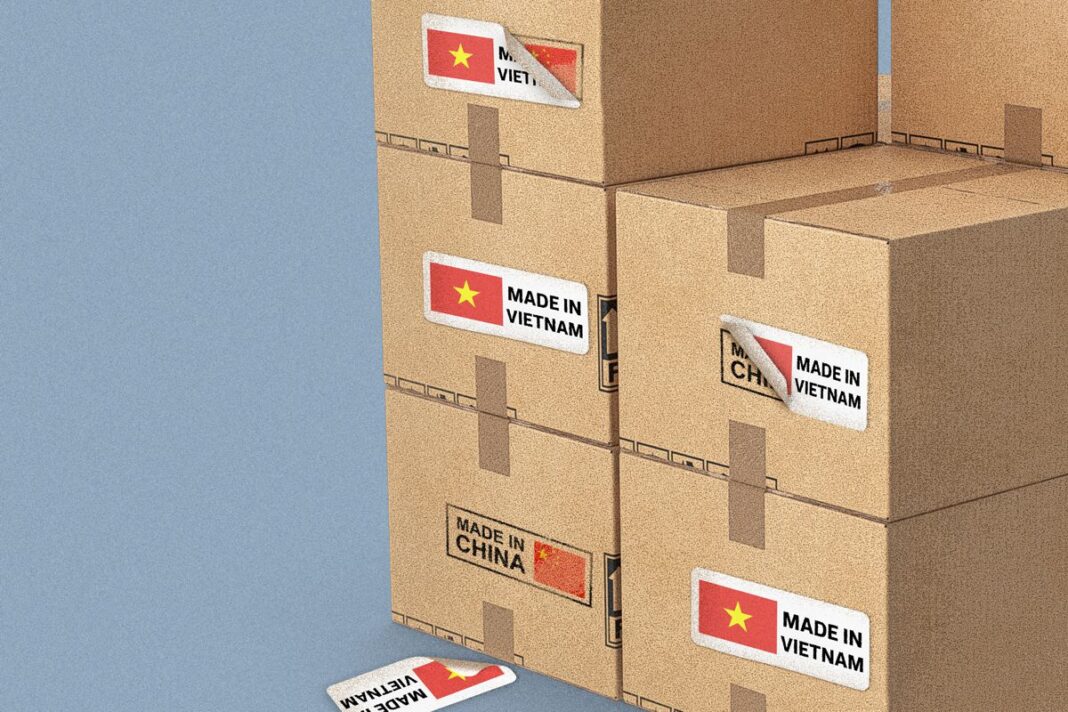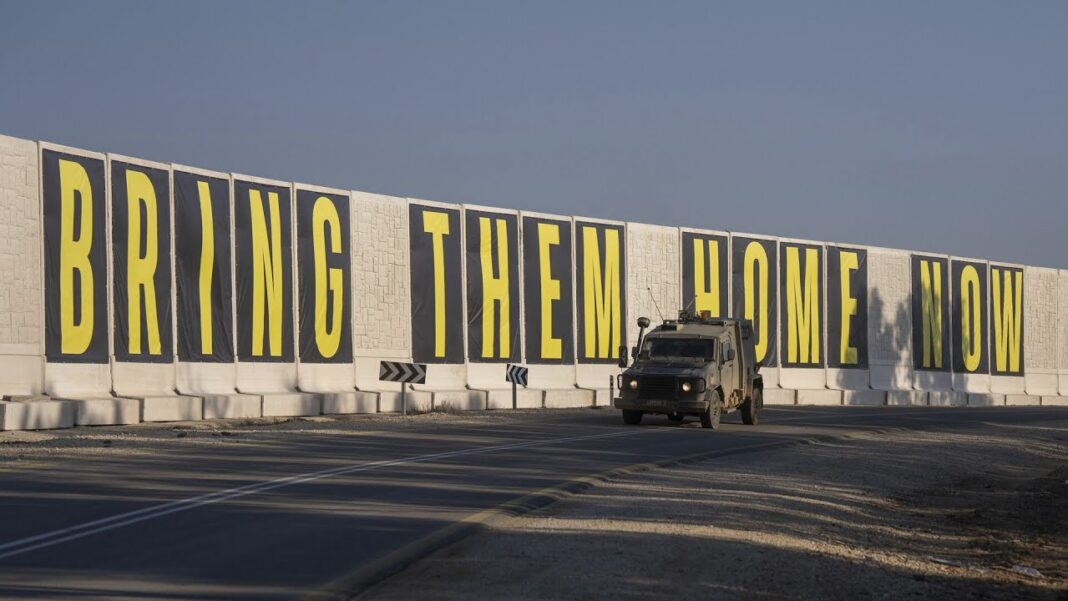‘Chinese manufacturers didn’t just sit back and accept the cost’ of tariffs, a shipping expert said.
A centerpiece of President Donald Trump’s new trade agreement with Vietnam features a steep 40 percent tariff on transshipped goods.
Transshipment is a trade strategy employed by countries to sidestep tariffs and other trade barriers. Usually, products from one country are shipped to another where they are minimally processed, repackaged, or relabeled to make them appear as if they were manufactured in the second country.
The Chinese regime has long relied on the practice to avoid U.S. trade restrictions, using Vietnam and other countries as vessels for its goods. This effectively lets China avoid higher tariffs.
“One of [China’s] most common workarounds has been transshipping,” Robert Khachatryan, CEO of Freight Right Global Logistics, told The Epoch Times.
“When the U.S. imposed Section 301 tariffs on hundreds of billions of dollars in Chinese goods, Chinese manufacturers didn’t just sit back and accept the cost.”
Earlier in 2025, Trump signed executive orders implementing blanket tariffs on all Chinese goods entering the United States, pointing to national security concerns and the fentanyl crisis. While the two sides reached a partial trade deal in June, the Section 301 levies remain in effect.
Forecasts vary, but U.S. officials project a sizable dollar value of rerouted exports from China.
White House trade adviser Peter Navarro estimates that a third of Vietnamese goods exported to the United States are Chinese products in disguise. Beijing will ship vast quantities of domestic goods—including clothing, electronics, and furniture—to Vietnam.
“Vietnam sells us $15 for every $1 we sell them, and about $5 of that is just Chinese product that comes into Vietnam. They slap a ‘Made in Vietnam’ label on it and send it here,” Navarro said in an April interview with Fox News.
Commerce Secretary Howard Lutnick, appearing before lawmakers at a Senate Appropriations Committee hearing in June, stated that Vietnam is “just a pathway for China to [the United States].”
Maritime transshipment is the most common form, but goods can also be transferred at major air cargo hubs. Multimodal transshipment—the transfer of cargo via ship, rail, and truck—can also be used.
By Andrew Moran







